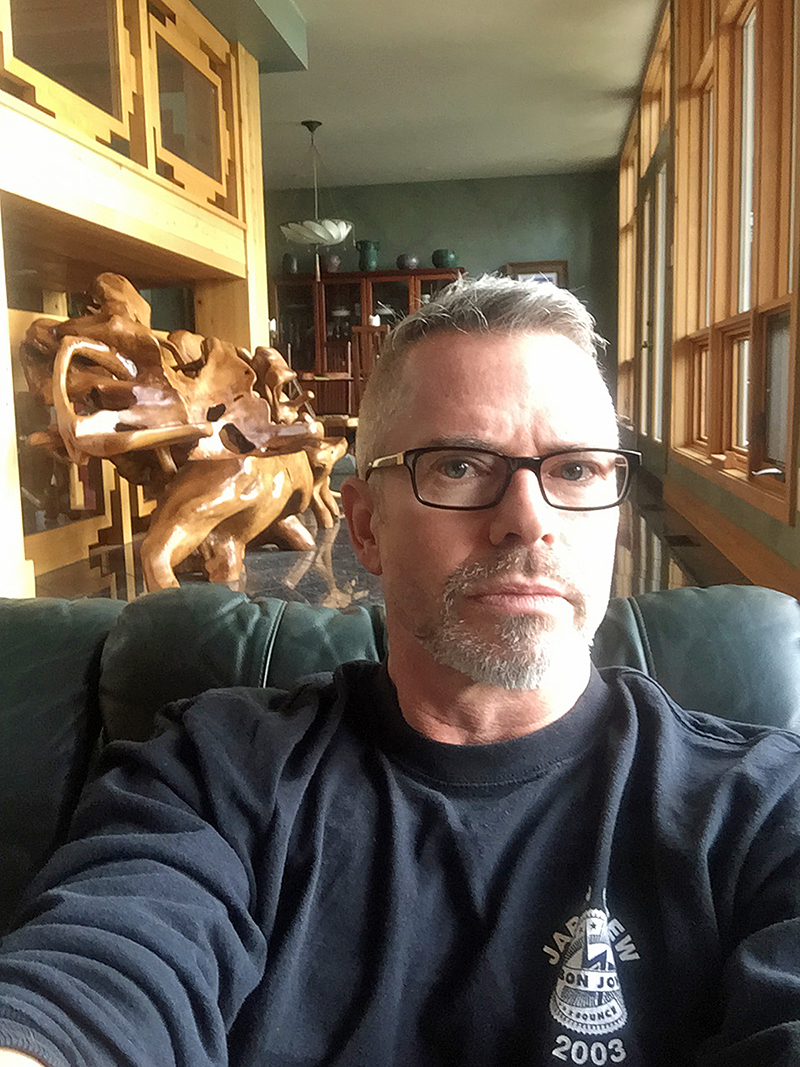
This Special Effects Innovator has been Dazzling Concert-goers for Decades
How cool is working with pyro? Doug Adams gave up a burgeoning career as a rock star to do pyro. That’s how cool pyro is. From acquiring Pyrotek in 1986 through launching his new company, ImageSFX, in 2018, he has been amping up the excitement level for acts including KISS, Metallica, Michael Jackson, Lady Gaga, Van Halen, Kid Rock, Guns N’ Roses, BTS, Trans-Siberian Orchestra and so many others. He’s been on the scene for events like the Super Bowl, Grammy Awards, the Oscars and the NHL. He’s done plenty of films and theater projects, too.
“There’s a fine line between art and arson,” Doug likes to say. Clearly he’s perfected what side of that line to stay on.
Adams isn’t just a guy that shows up to blow things up. What sets him apart is his ability to collaborate with the artist. Just one such moment was the first tour he did with Paul McCartney in 2005. They were rehearsing in the Miami arena (today American Airlines) when tour manager Mark “Springo” Spring let Adams know McCartney wanted to speak with him. “He had an acoustic guitar in his hands, and he wanted to show me a new song that could possibly have some new special effects,” Adams recalls. “We sat down and he played ‘Follow Me,’ which had just been released.” Adams felt something and asked him to play the chorus again. He then imagined a pyro waterfall with sheets of cascading embers falling to the lyrics, then dissipating and starting again. McCartney loved it. “It became a wonderful moment in the show.”
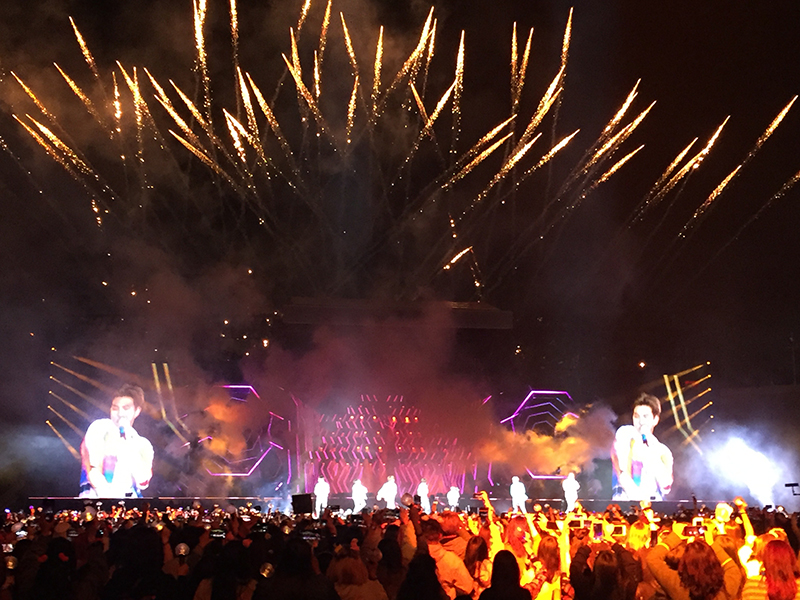
Record Deals, Discovery
Adams, born in 1961, grew up in Scarborough, a suburb of Toronto. He started in sports early on, playing soccer and practicing Judo. “Early on, I learned to respect everything,” he says. By 12, he was playing guitar, and by 17 he was good enough to play and sing in Ontario bars, which he did while attending Wexford Collegiate School for the Arts, a high school in Scarborough, learning graphic artistry. By 19, he was writing music and fronting his own metal band, Witchkiller. With them he recorded a legendary EP, “Day of the Saxon” (look them up on YouTube and check out Adams’ impressive pipes). The band got signed by Brian Slagel of Metal Blade Records, which also had Metallica and Scorpion on their roster. Alas, his band developed irreconcilable differences and split up. Adams moved on to Reckless, and with them, released two studio albums in 1984 and 1985.
Adams found himself with a lot of time on his hands after finishing that first album in Ottawa. During that time, he reconnected with Witchkiller lighting designer Gordon Hyndford. Hyndford is currently with 2XD Productions, but back then he was working with Professional Sound & Lighting (PSL). Hyndford invited Adams to the shop and told him they had a corporate gig coming up and needed some help with a little pyro, saying that since Adams had good musical timing, he could handle a little flashpot work. Bored and broke, Adams took the job.

“I loved it,” Adams says, recalling that first gig like it was yesterday. “It was such a rush. I thought it was the coolest job ever.” While still focusing on his music career, Adams picked up pyro gigs on the side, igniting effects for bands like Platinum Blonde and Triumph. After the release of the second album, he realized that the band’s chances of breaking big was waning and his interest in pyro was on the rise. “Unfortunately, being a Canadian band signing first to Canadian management is a kiss of death,” he says. “It’s really hard to break into the U.S. market at that point, so I thought I’d take a shot at the pyro thing and maybe actually make a little money.”
Meanwhile back at PSL, some financial challenges caused them to sell off Pyrotek, their pyro division. Hyndford suggested Adams buy it as they were selling it for “just” $25,000. “They had minor equipment able to do two shows at a time, but I didn’t have a pot to piss in,” he laughs. But the resourceful Adams kept thinking about it and then went off raising money from friends. “One came up with $5,000, another $10,000, another $2,000 … we pooled it together and somehow pulled it off.”
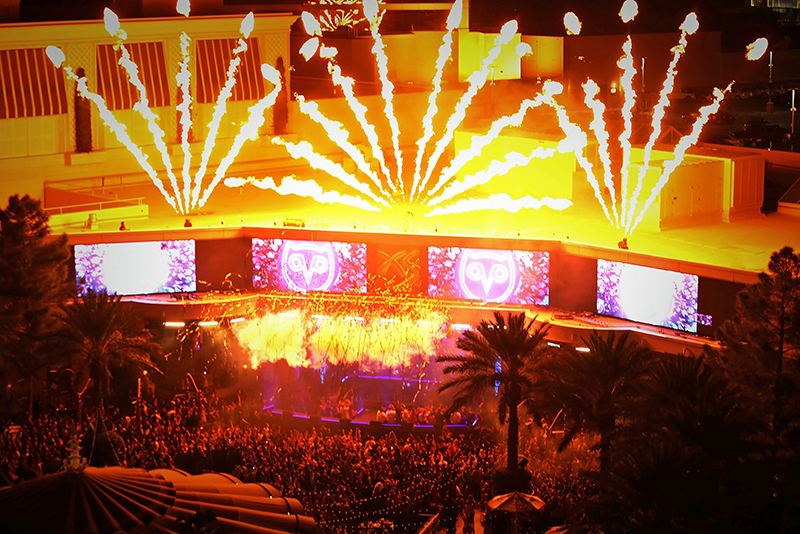
Outdoor Fireworks Indoors
In the early days, they mostly worked on smaller corporate events. But in 1989, they got a big break. “I got approached by a theater producer who was looking for a company to add effects to the touring production of Cats,” Adams recalls. “I added some low smoke effects, and the director liked it.” That director would tell him of another show coming for a longer run at Toronto’s Pantages (now Ed Mirvish) Theater — Phantom of the Opera. For this one, Adams would have to audition. He went to work researching and setting up his warehouse accordingly. “I knew they had a dramatic mausoleum scene, and I envisioned this eerie layer work. I also set up flame projectors and laid down in low smoke for when the producers walked in. They were blown away, and that gig really went a long way establishing Pyrotek.” It sure did: The one-year contract turned into five years, which turned into ten. “That gave me a comfort level to go after touring clients I wouldn’t have gone after otherwise. I went full steam ahead at that point.”
An early connection was with the great lighting designer and 2014 Parnelli Award Visionary honoree Howard Ungerleider, who got him an important gig with Rush’s 1994 Counterparts tour. It went well enough that the production manager on that tour, Dan Brown, got him on with Metallica. But Adams found that his ability to create effects he envisioned was stymied by the lack of tools. “No one was creating the kind of products I wanted, so I started making my own.” An early breakthrough was his twist on the airburst. His version had him manipulating the mixture to create a unique combination of color and concussive response.
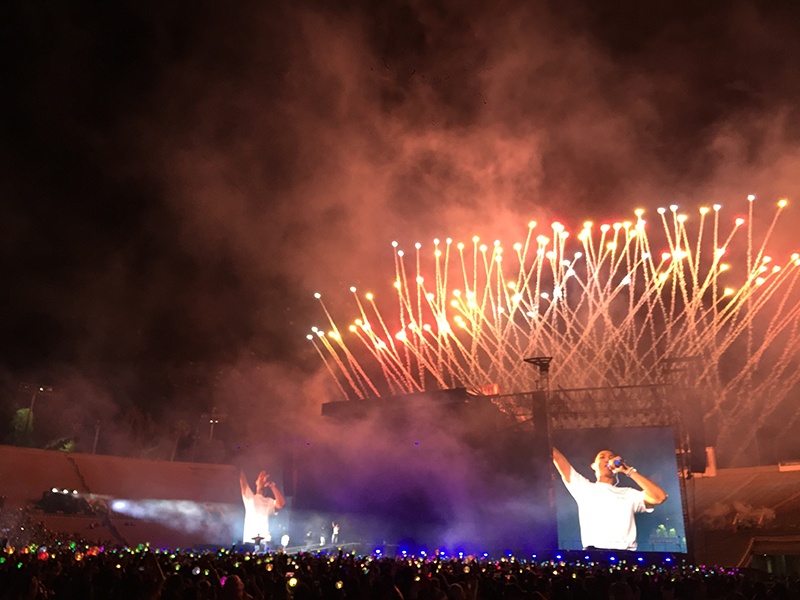
During this period, he also worked for Ontario-based Hands Fireworks on the side. “I learned everything about large scale fireworks, because I wanted to create outdoor fireworks indoors.” But that still wasn’t enough — he also found some work with Brock Jolliffe on movies such as Counterstrike, Blown Away, and Darkman. “I got to blow up houses, cars —even splatter blood around. That was something that came in handy working with LeRoy Bennett on a Marilyn Manson show. Overall, I wanted to put as much as I could into a live performance. That’s what I wanted — to do what no one else was doing.”
His experience with movie effects added to the impact of key moments for shows on the live stage. His first version of the Flame Dragon came out in the early 1990s. “It’s an idea I took from the movies, and used an air tank, put propane in it instead of air, and used a sterno for an igniter,” he says. “It shot a fireball, and then I went to work making a version that was much more sophisticated.”
This involved a pilot light system — an accumulation system that allowed for multiple shots — and a Honeywell computer driving it all to make sure it was accurate. The first time he used it was on KISS’ 1996/97 reunion tour. Then Metallica wanted it right away. Other noteworthy advances through the years included Dragon tails, which shaped flames; the Phoenix flame, with flames flying outward like the bird, seen on last year’s Trans-Siberian Orchestra tour; the Fire Screen; and the AquaVisual water screen. He has also done some amazing effects with water shapes as well. “I can’t stop,” he says. “I just keep creating and plotting my vision.”
Throughout his career at Pyrotek, there were a few bad days. “I’ve had a few moments on some shows with an artist who is unappreciative and condescending — just hard to work with in general,” he says. “It really does discourage you, and it can make you doubt yourself.” But luckily those things are few and far between.
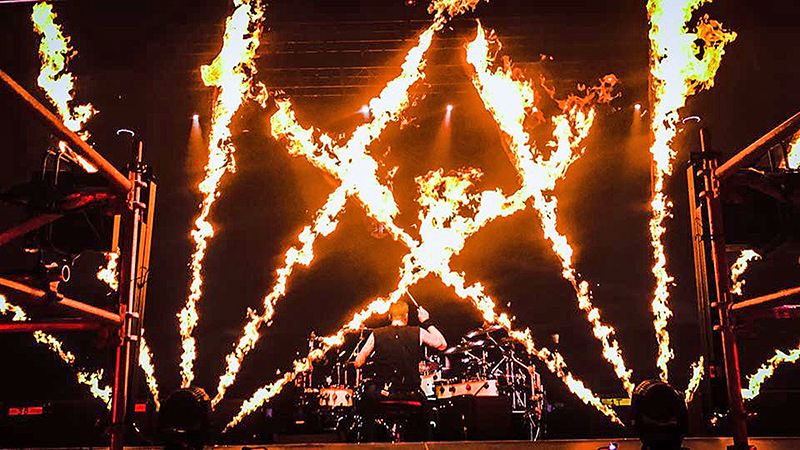
The Next Chapter: Image SFX
In 2010, several factors were pointing to the need for an exit strategy. His marriage had hit a bump, and then his wife developed breast cancer (she would recover but the marriage would not). He sold the company, signed a seven-year non-compete clause, then continued to work with the new owners designing shows and keeping longtime clients happy. As time went on, however, “things changed, and it wasn’t so rosy.” He would step away. But he was not done. Conversations ensued with Joe Suehle, president of Baltimore-based Image Engineering. “It was time to start another company and go back out there and do again, and I couldn’t ask for a better partner, one with a special understanding of my vision, than Joe.”
Suehle and his brothers John and Andy built a successful laser and fabrication company out of their basement and today have a 60,000 square-foot headquarters with 40 full-time employees and a network of freelancers throughout the nation. They are especially active serving live sporting events, and Adams and Joe had worked together on an Ultimate Fighting Championship event years earlier (also on that set was PLSN editor Nook Schoenfeld). “I knew they made great product and the team had it together. He is the same way with lasers as I am with pyro, as in we’re both enamored with new technology, so it was the perfect collaboration.”
They have created quite a few new products already, including the Vector Beam 50W, which is a fully automated laser, and more is coming up. The new company is dedicated to designing and building new equipment that is not readily available on the market so they can offer new, unique visuals to their clients. The recent McCartney tour was especially successful for Adams, both personally and professionally: “I can’t say enough about that man. He is all about ‘bigger is better.’ He wanted to rework ‘Live and Let Die,’ and we filled the sky for him. He is a true gentleman and an amazing guy to work with.”
ImageSFX has an office in Vegas that has a 10,000-square-foot warehouse with a demo room. The company is offering it all — lasers, confetti, cryo, pyro and custom flame effects — and creating new effects all the time. Today Adams splits his time between homes in Toronto and Vegas, and like all of us, is waiting out the virus. “We’ve just battened down the hatches, making sure the bills get paid and taking care of employees. The new company has been a new lease on life. It’s a great team with a great vibe, and I’m looking forward to 2021.”
As for when it all comes back: “People are going to really want to be wowed, and a lot of these artist are going to want to blow people away as much as possible, and the best way to do that is with special effects.”
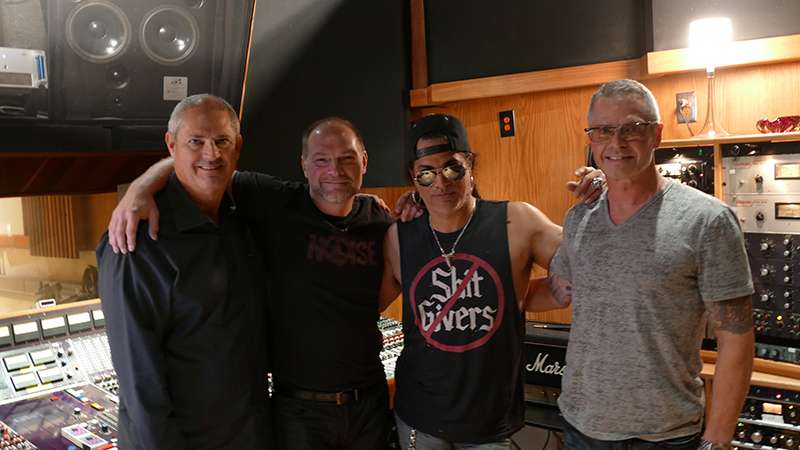
For more info on ImageSFX, go to www.imagesfx.com


